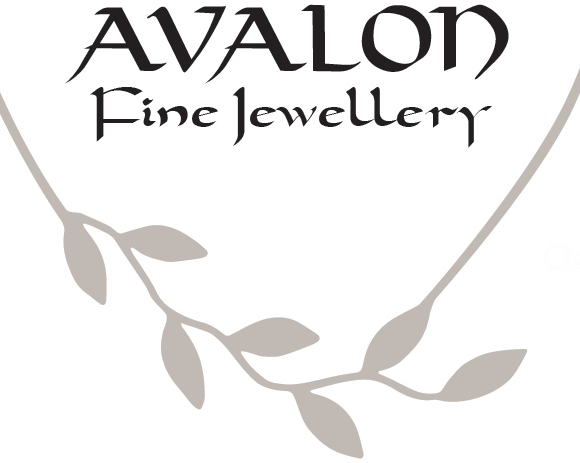Earth-mined or lab-created diamonds?
Are lab-created diamonds really diamonds? Well, yes in scientific terms they are made of the same material, carbon. But they are formed in entirely different ways. Part of the appeal of natural diamonds is the fact that they are created deep within the earth over millions of years. No two are alike and the natural inclusions within them help to identify each one and prove that it is a natural stone.
Lab-created diamonds are produced in large quantities in factories using extremely high heat and high pressure. The rough material looks nothing at all like a natural rough diamond. Many people worry about the ethics of diamond production and believe that lab-created stones are more environmentally friendly. However, the manufacture of synthetic gemstones demands large amounts of electricity, water and chemicals. Lab-grown factories require constant energy, 24/7, running huge microwave-heat generators. These factories, the majority of which are in China, India and Singapore, are mostly fueled by non-renewable resources like coal. The effect on the environment is different than the mining process, but still quite substantial.
The diamond industry today
Mined diamonds today must pass through a strictly enforced journey from mine to market to ensure they are ethically sourced. It is not always possible to know exactly which mine a diamond originated in, but its journey to market is closely tracked and monitored along the way. Documents of authenticity and ethical sourcing are required for entry into each country a diamond travels through on its way to market.
The majority of diamonds are cut and polished in either Belgium or India. All ethically sourced diamonds are sold through one of only a few trading centres where only eligible dealers may purchase goods. 84% of all rough diamonds and 50% of all polished diamonds are traded through the world’s largest diamond trading centre in Antwerp, Belgium, which has been the heart of the diamond trade since the 15th century.
The international trade in diamonds is worth an estimated US $80 billion dollars a year. This has helped some countries develop economically. It has provided jobs for workers in some of the world's poorest countries. Some 10 million people work in the diamond industry, in some of the poorest areas of the world. The diamond industry alone contributes US$8 billion a year to Africa.
Mining companies have become increasingly aware of upgrading working conditions and ensuring their employees are safe. The diamond mines in South Africa, where the term “conflict diamonds” originated, are now clean, updated machines are used to help the workers and civil wars fueled by diamonds are hopefully in the past. The World Diamond Centre reports that only 2/10 of 1% of rough diamonds traded worldwide are conflict diamonds that have somehow slipped by, compared to up to 15% before the tracking system was put in place.
Long-term value
Lab-created diamonds are becoming more popular because they are cheaper to purchase than natural stones of the same size and quality. It is difficult to tell them apart without proper equipment. Disclosure of man-made vs. natural gemstones remains the biggest issue in the industry. Reports of consumers purchasing a diamond only to later find out it is a lab-created stone have tainted the entire diamond industry. Transparency in the synthetic diamond manufacturer and retailer sector is critical.
Resale value of synthetic gemstones is nil. Lab-grown stones will not hold their value in the same way as natural diamonds. Synthetic diamonds have a limitless production and thus lack the economic value that comes with scarcity. Investing in a good quality natural diamond will ensure long term worth. Earth-grown diamonds are a commodity that fluctuate in value, but remain a viable asset over time.
Avalon Fine Jewelry does not deal in lab created diamonds.



